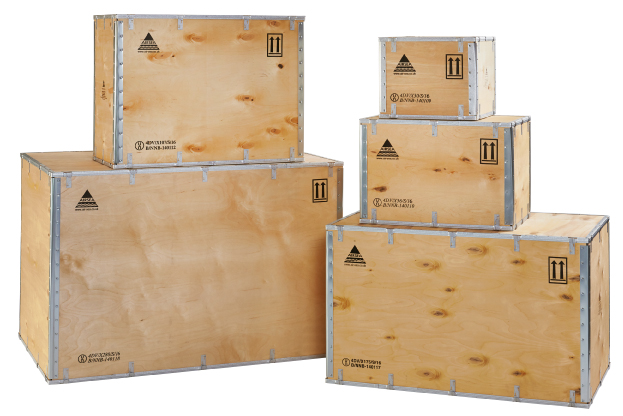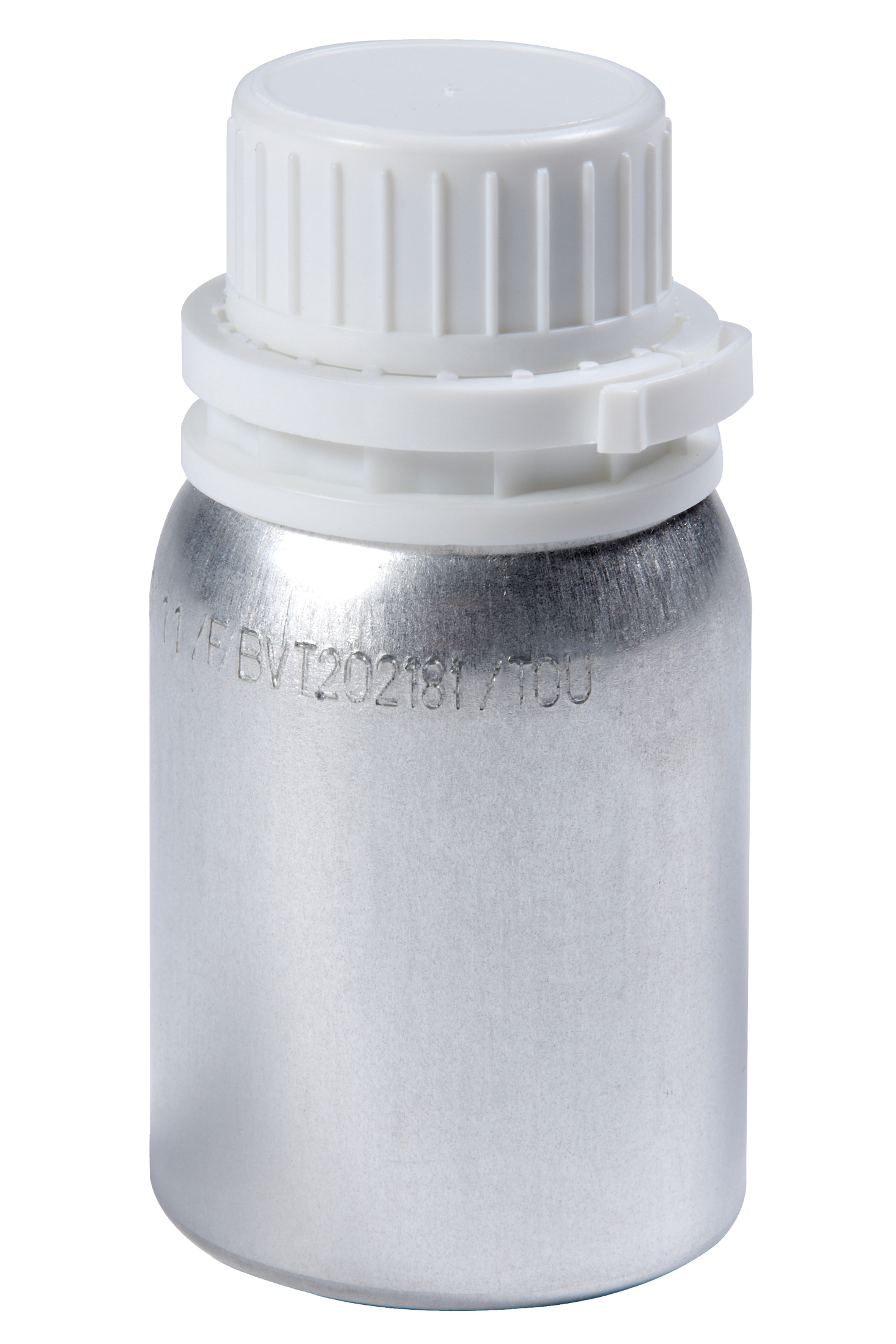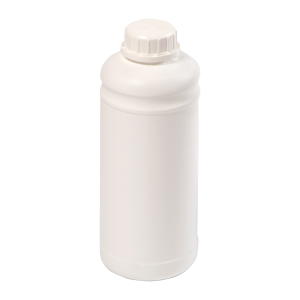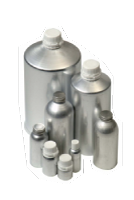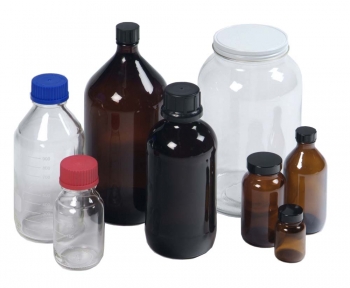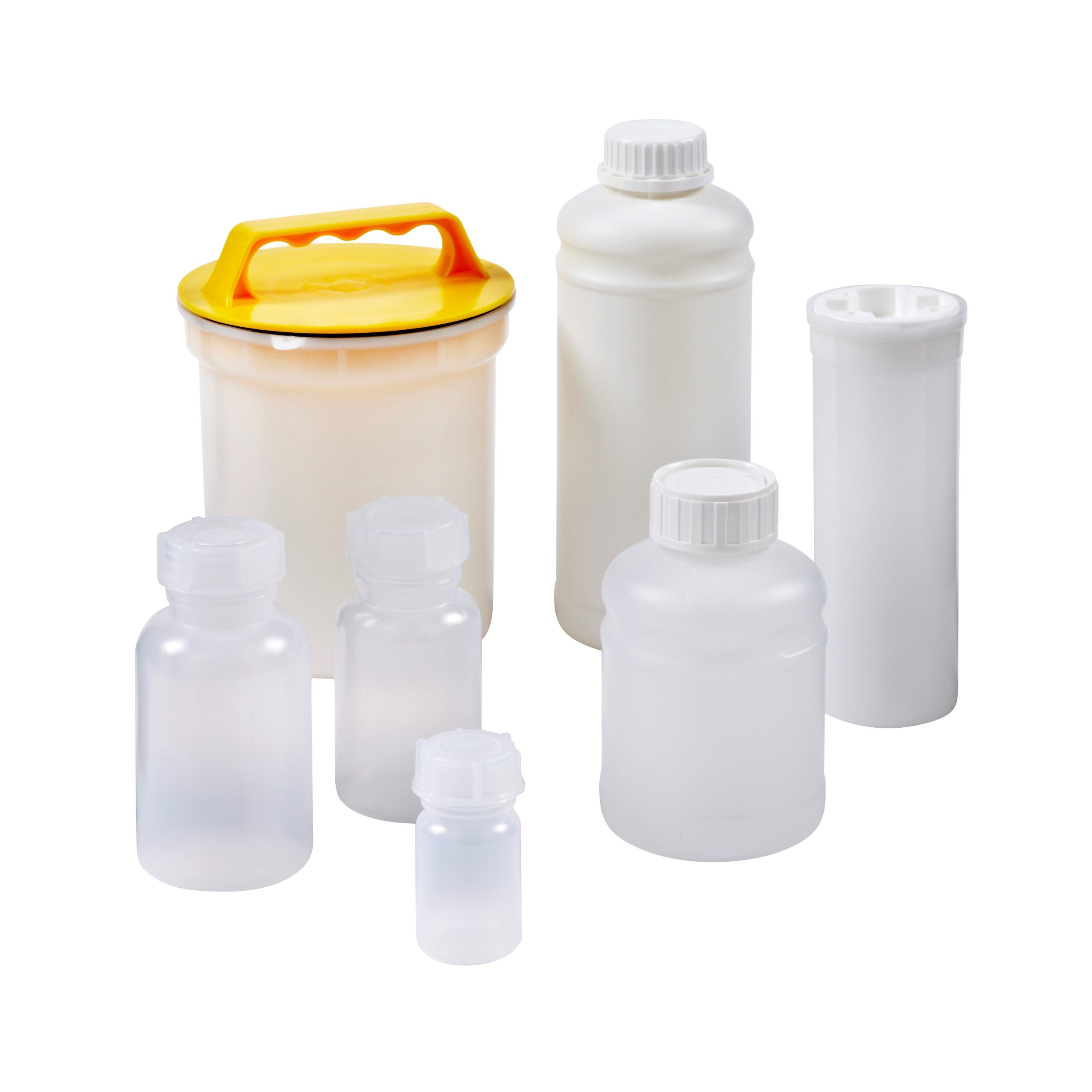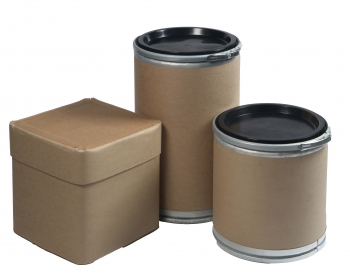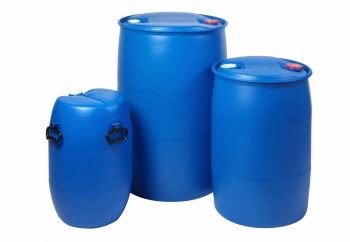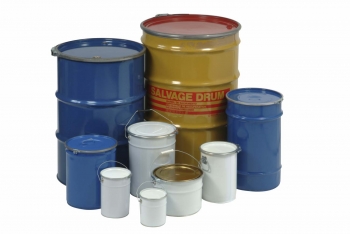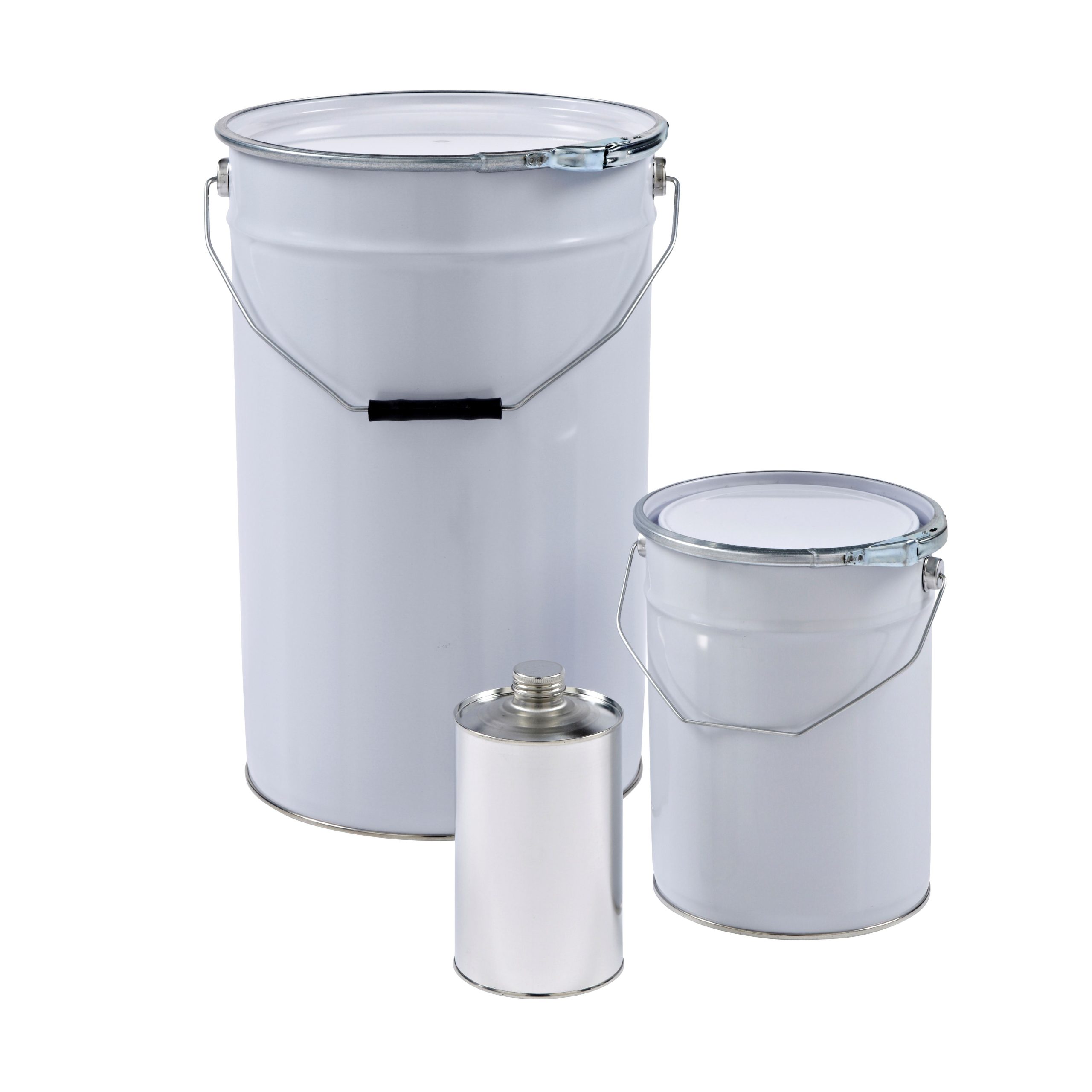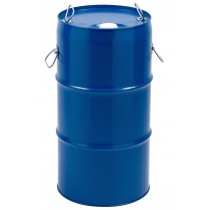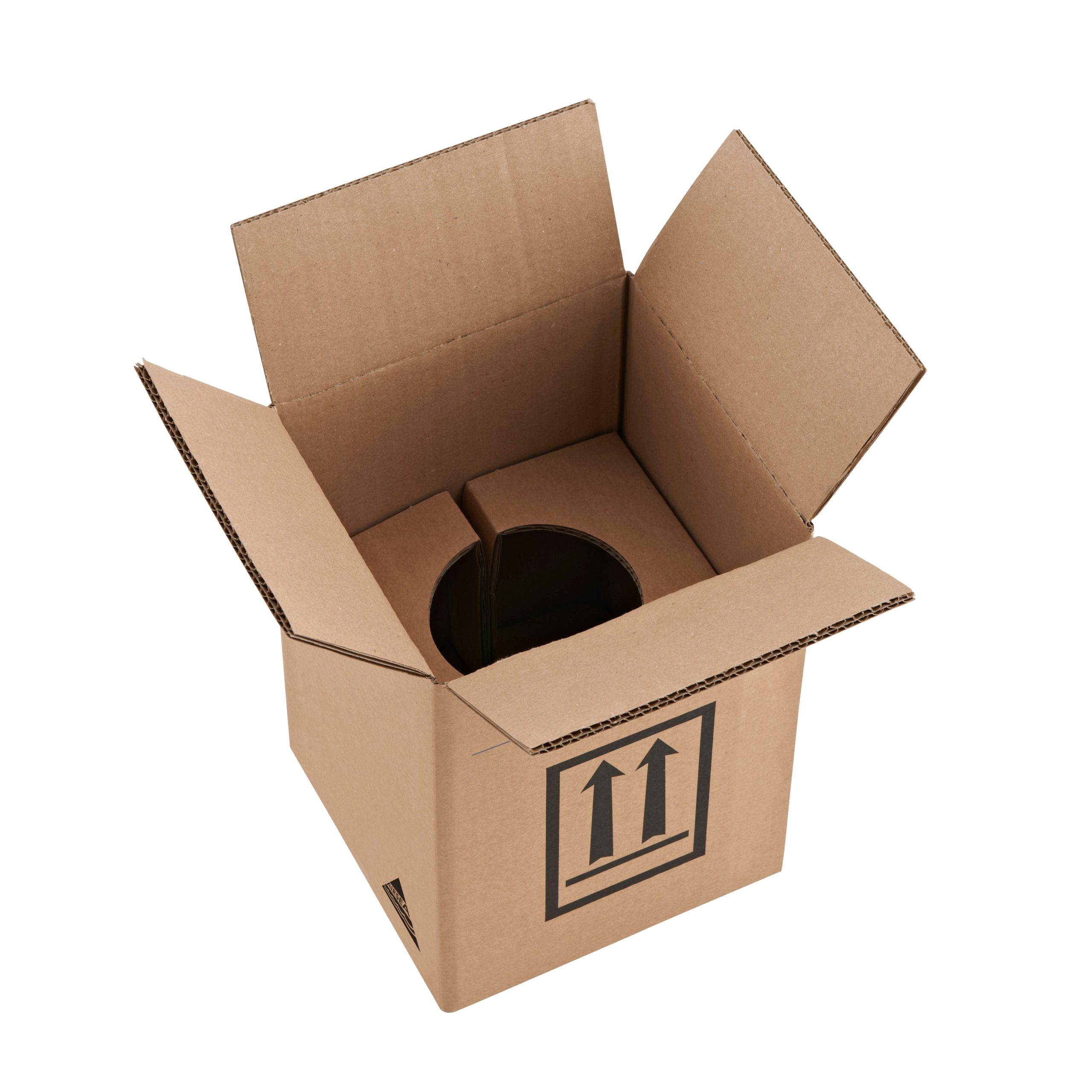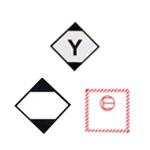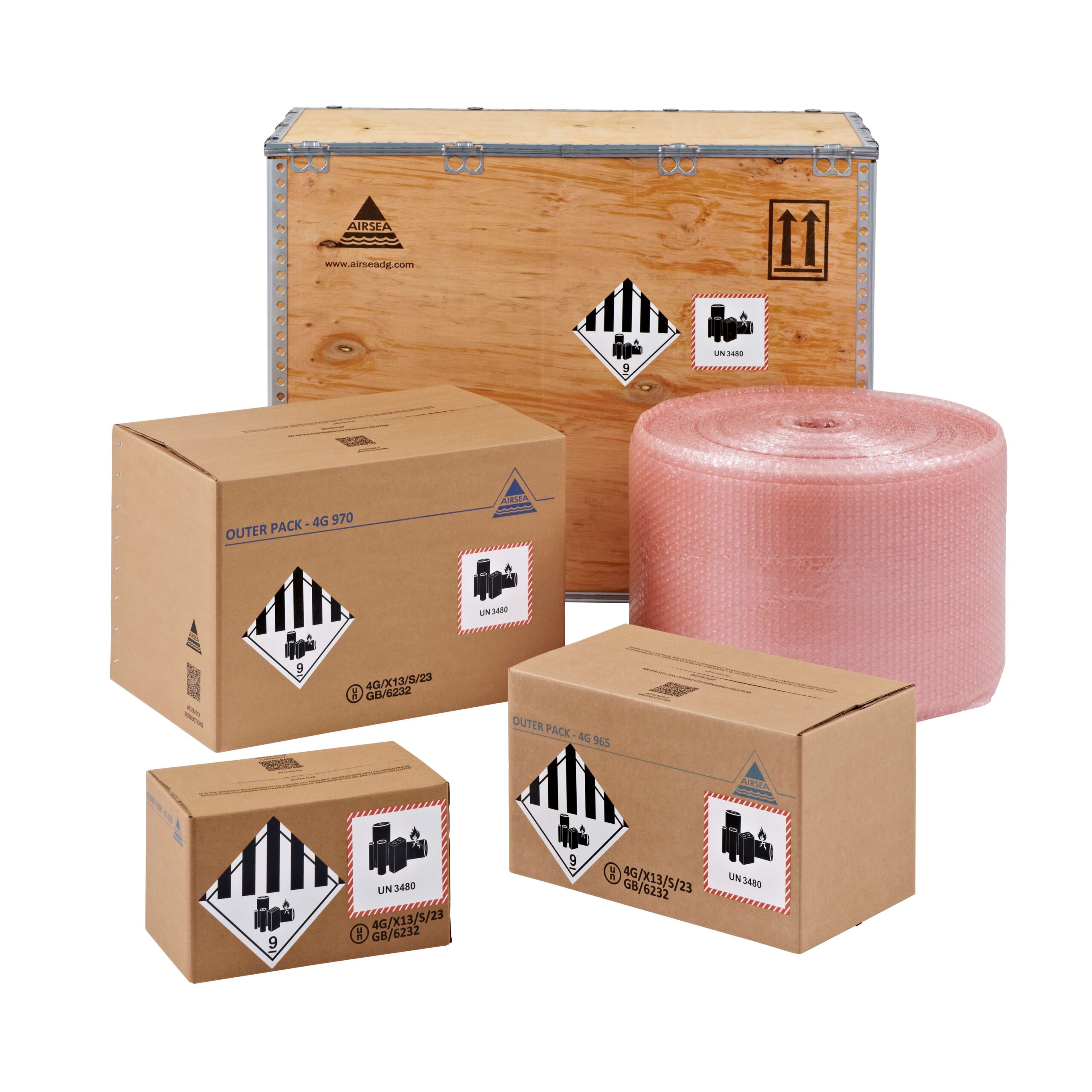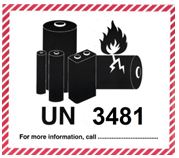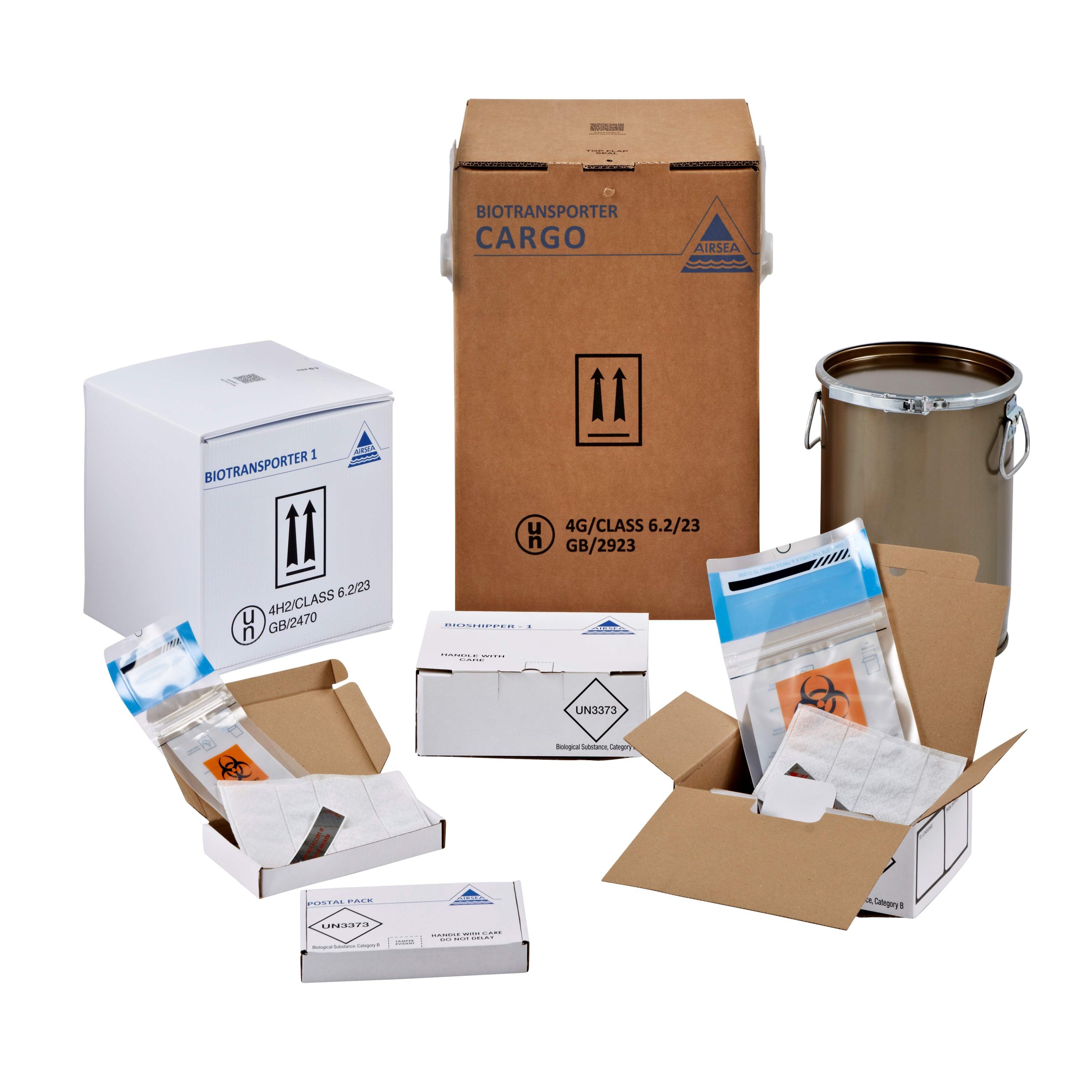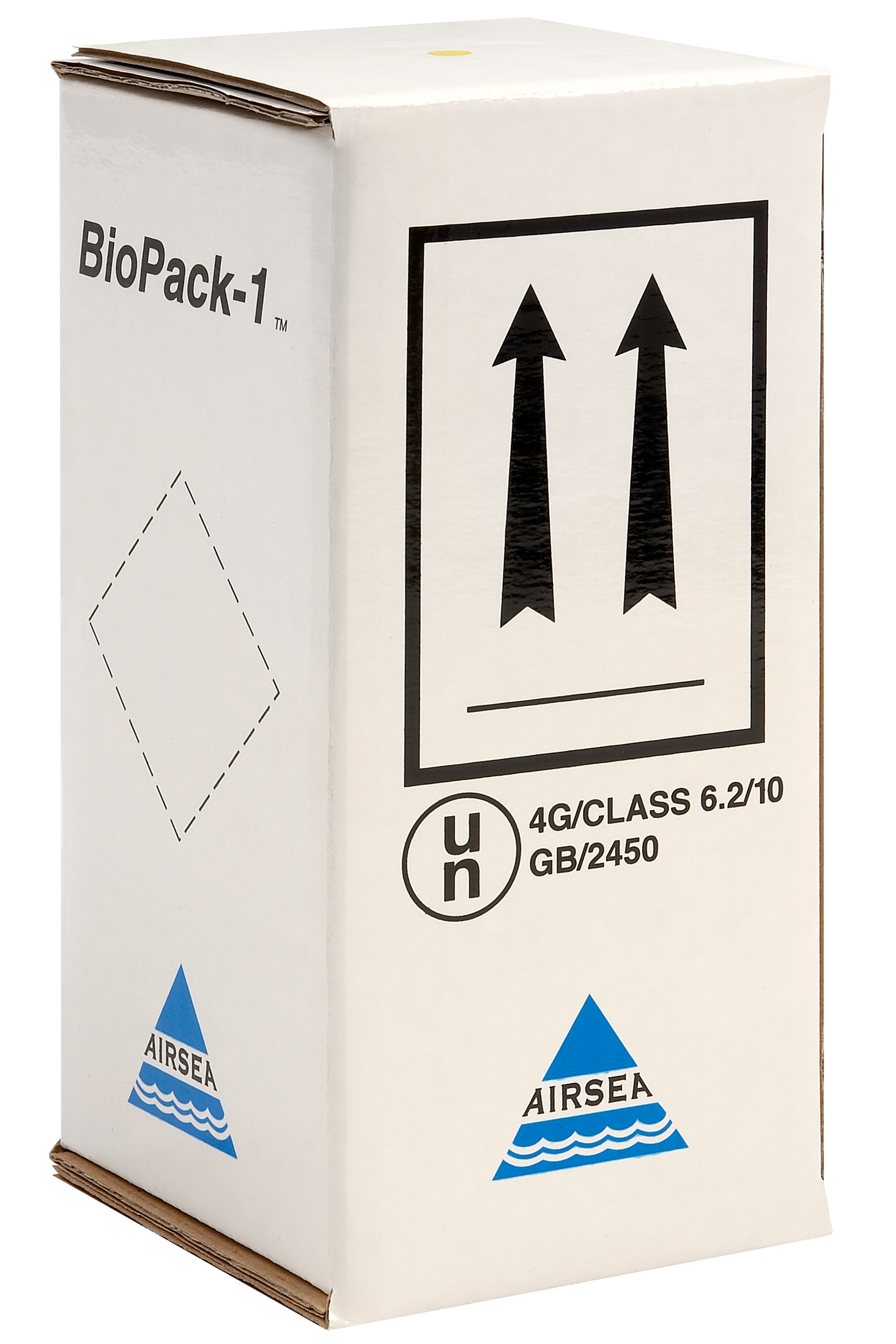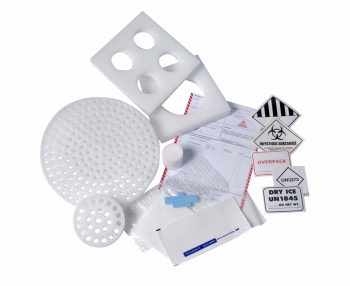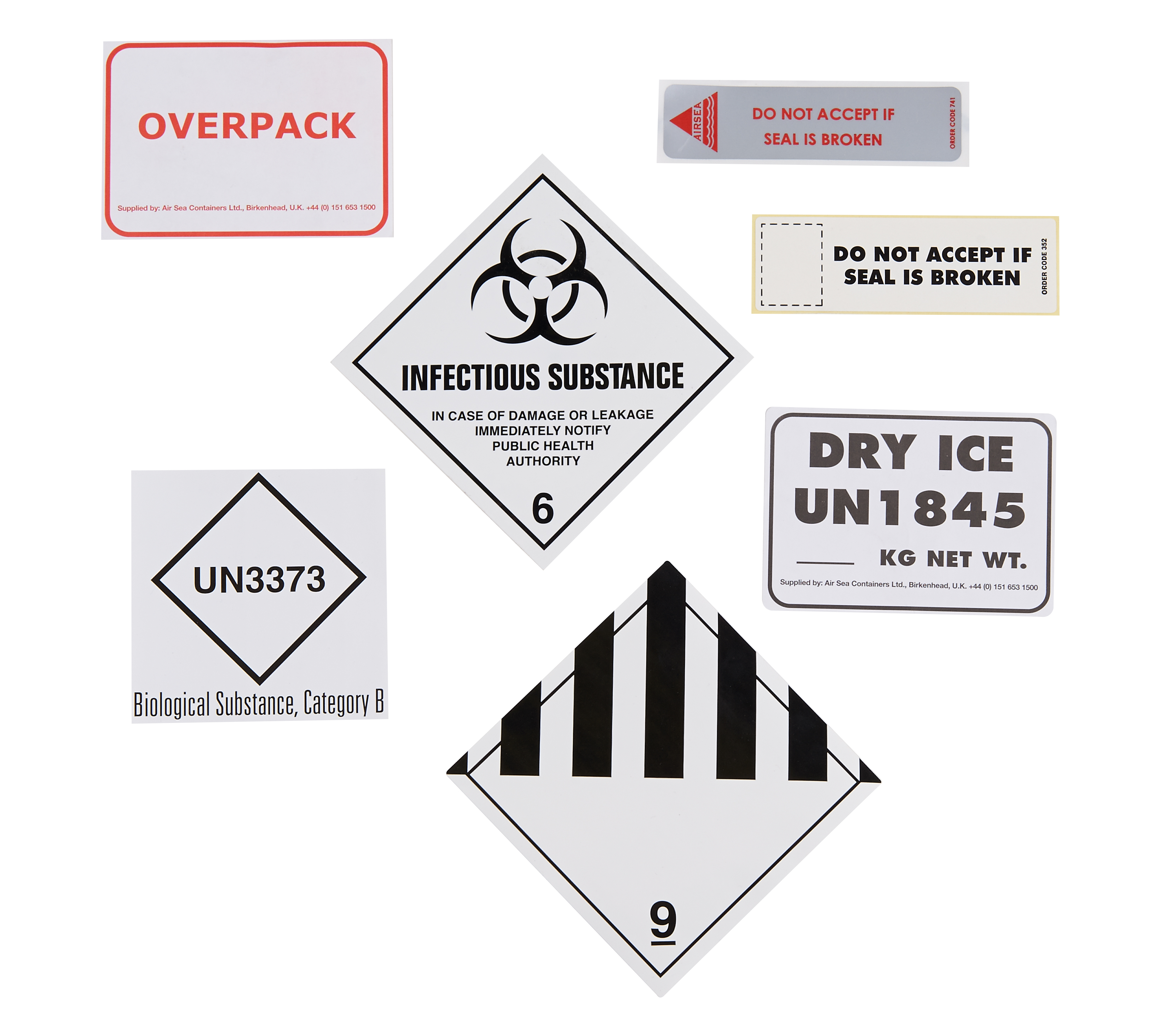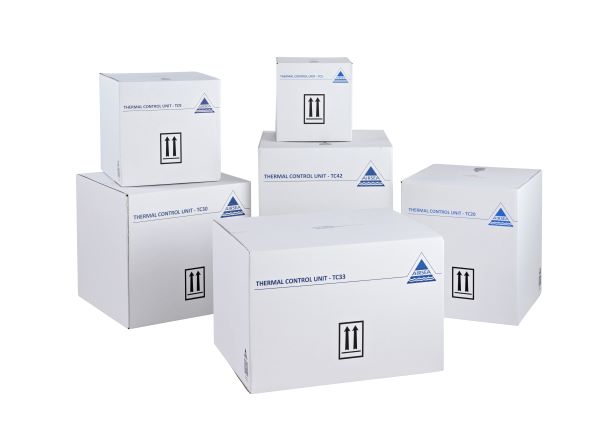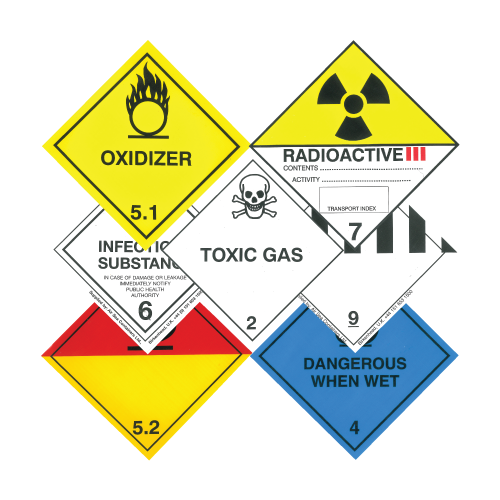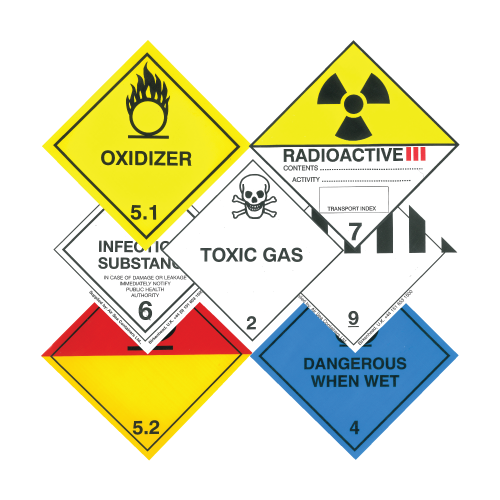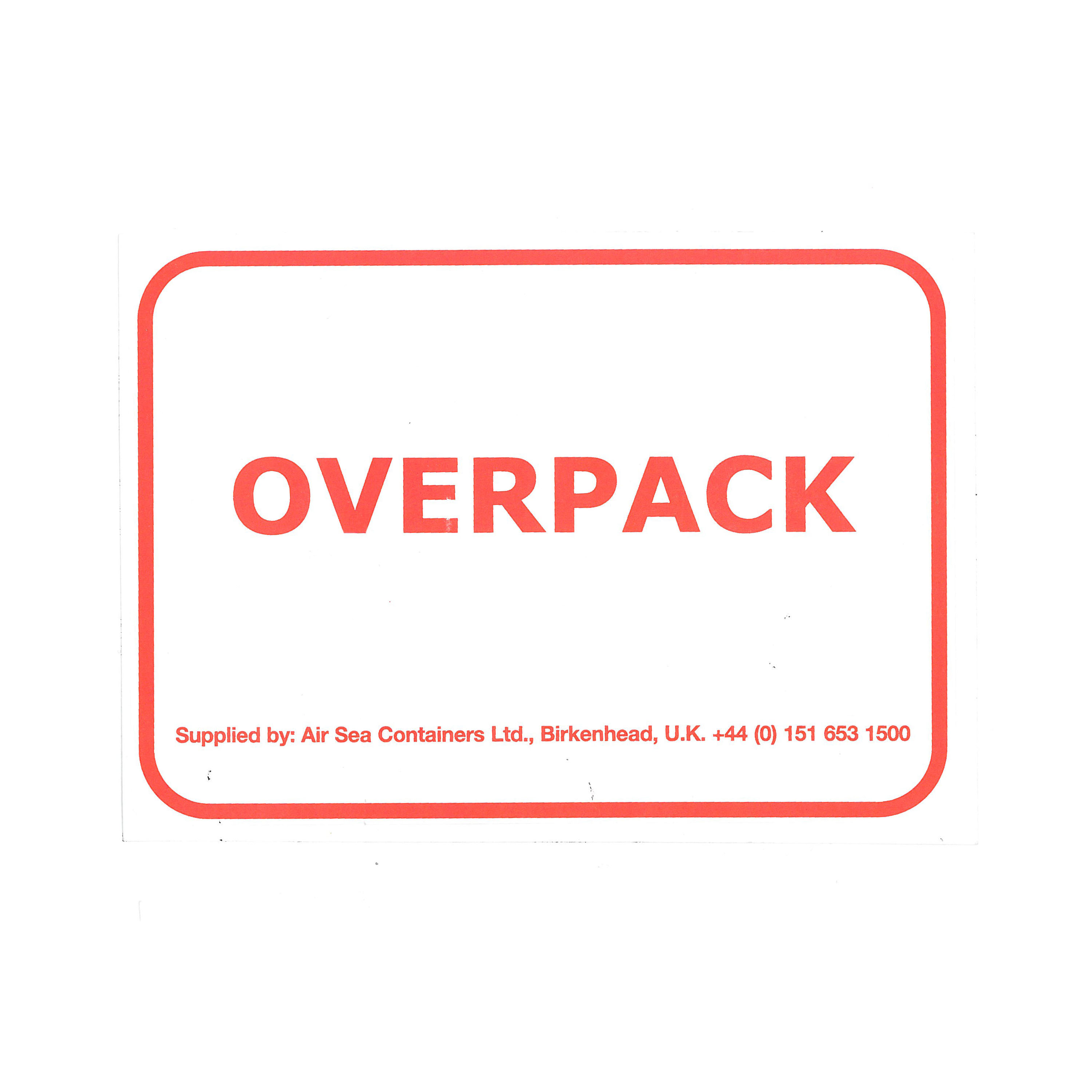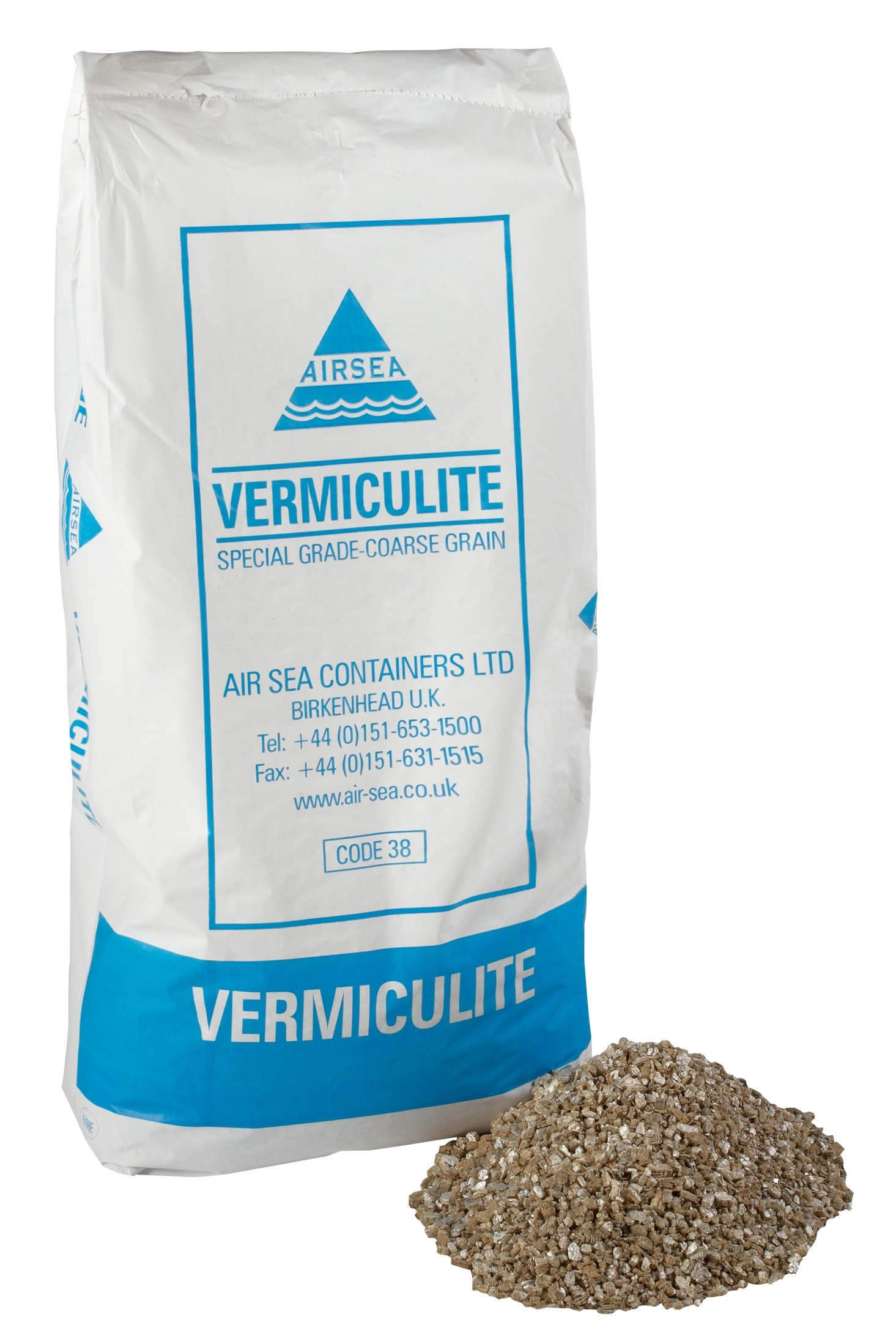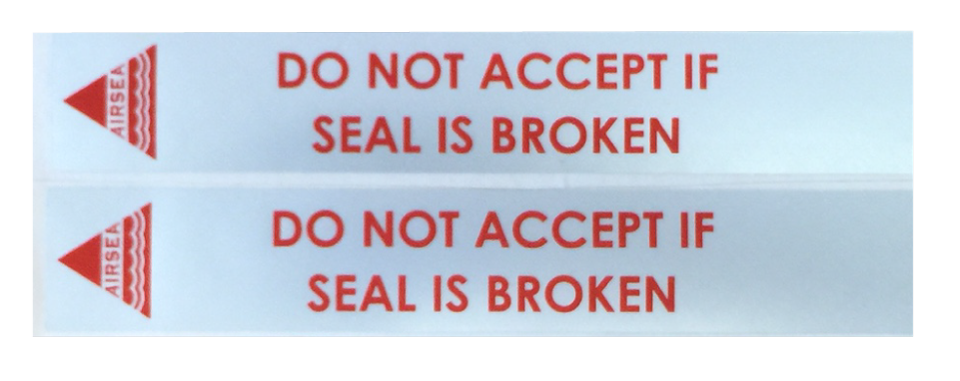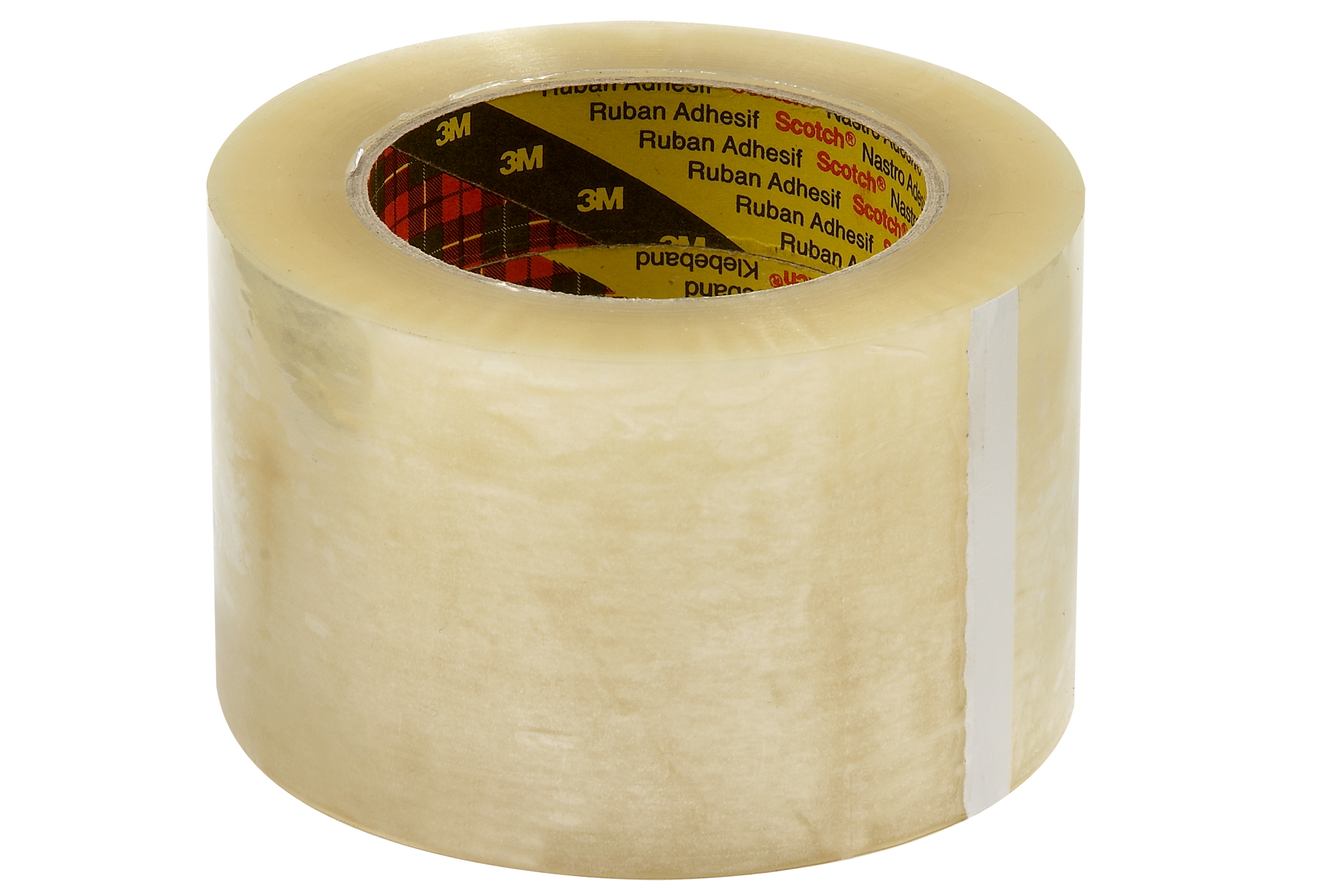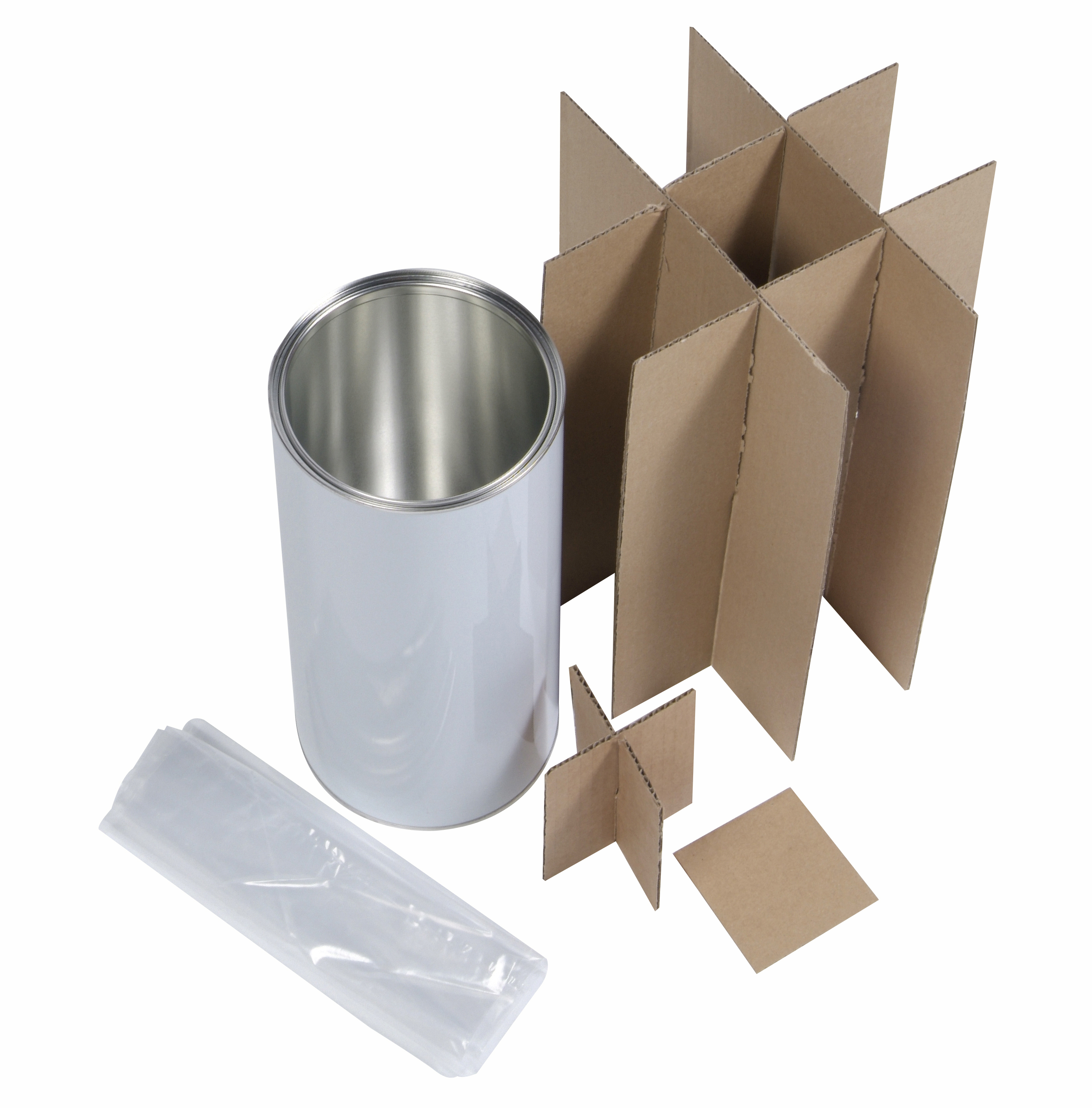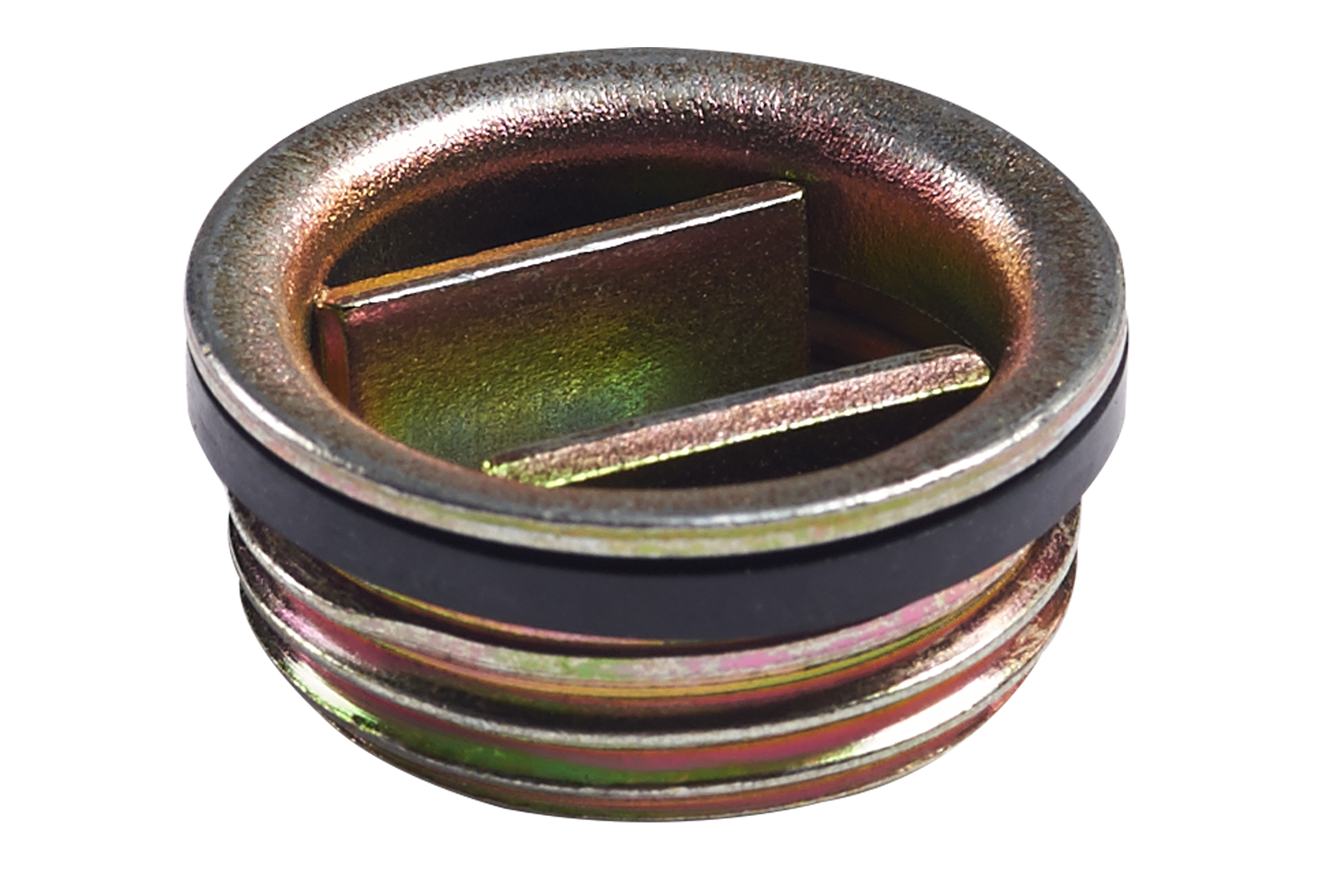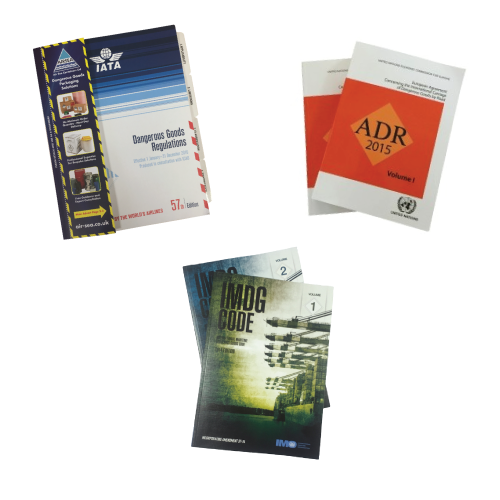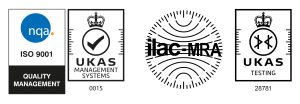Many in the industry have heard the phrase, “We’ve been doing it this way for years, and nothing bad has happened yet.” It’s a common mindset, especially when handling dangerous goods and UN packaging. However, just because an incident hasn’t occurred doesn’t mean one won’t. Relying on past success without adhering to regulations for shipping dangerous goods is a gamble that could have severe consequences. This is especially true when it comes to using UN certified packaging and ensuring it is correctly assembled.
What is UN Certified Packaging?
UN certified packaging is designed, tested, and approved to safely and compliantly transport dangerous goods across various modes of transport, including road, sea, rail and air.
In order for a package design to become UN Approved, the packaging itself has to pass rigorous tests specified in the relevant DG regulations. The manufacturer designing the packaging must adhere to strict guidelines regarding packaging specification and ensure the packaging passes a number of tests to prove it is capable of withstanding normal conditions of transport. These tests include; shocks, drops, stacking and pressure tests where applicable. Certified packagings are critical in preventing spills, contamination, and potential harm to animals, people and the environment.

Why Using UN Certified Packaging Matters
Many hazardous materials pose risks to health, safety, and the environment if they are not properly contained. UN certified packaging has been designed to mitigate this risk when used correctly, ensuring that:
- Hazardous materials are securely contained, reducing the risk of leaks or spills.
- The packaging can endure handling experienced in transportation and environmental stressors.
- Compliance with national and international transport regulations is maintained, preventing costly fines and legal issues.
Choosing the Correct UN Certified Packaging
Failing to use the correct UN certified packaging doesn’t just put the contents at risk, it puts businesses, employees, the public and the environment in danger. Even if nothing bad has happened yet, it only takes one incident to cause a disaster.
It is the shipper’s responsibility to ensure that the relevant dangerous goods transport regulations are adhered to, and packaging requirements are met when transporting dangerous goods by air, sea, rail and road.
Shippers must ensure that the articles or substances are correctly:
- Identified
- Classified
- Packed
- Marked
- Labelled
- And that limitations and special provisions are reviewed.
Once the shipper has identified their dangerous goods, they can then refer to the correct Packing Instruction (PI) to see; compatibility requirements, what packaging is permitted, quantity limits and any additional packaging requirements.
However, compliance doesn’t just stop there.
The Role of Proper Assembly 
Selecting the appropriate UN certified packaging is only part of the compliance process; correct assembly is equally vital.
Let’s assume the correct packaging has been selected for the dangerous goods, but the question ‘is it being used correctly?’ can’t be ignored. And the answer, ‘this is what we’ve always done and it’s been ok’, just isn’t good enough.
Using UN certified packaging is only effective if it is assembled correctly. Packaging components are tested as a system, meaning that incorrect assembly of the packaging and its contents can compromise the capability of the packaging performance and render the UN certification meaningless, in turn putting people, animals and the environment in potential danger if an incident should occur. Just because it hasn’t happened yet, doesn’t mean it won’t!
The shipper must assemble the packaging as per the manufacturer’s instructions for the packaging to perform to its capability. If incorrectly assembled, the shipper risks invalidating the UN test certificate and could compromise the capability of the packaging.
Common mistakes include:
- Substituting Inner Packaging: Some UN certified combination packaging (e.g. 4G boxes) are tested with specific inner containers. Using different inner packaging types than those stated on the test certificate can lead to non-compliance.
- Inadequate Cushioning or Absorbents: Failing to use the specified type and amount of cushioning or absorbent materials stated on the test certificate can reduce the package’s ability to protect its contents during transit.
- Removing Buffers or Partitions: Removing buffers and partitions to accommodate customer’s own inners, eliminates the support and the protection these inners provide and will compromise the integrity of the package and its capability to protect the inners.
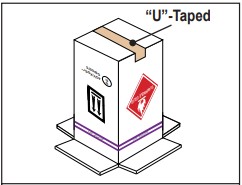
- Using Unauthorised Closures: UN certified packaging has specific closure instructions. Substituting tapes, or seals with alternatives that seem secure can compromise the integrity of the package.
- Overfilling or Underfilling Containers: Each UN certified package has a maximum gross mass in kilograms of the entire package weight, i.e. the ‘16’ in the UN Mark 4G/X16/S/25/GB/5001 refers to the maximum gross mass in kilograms of the entire package (including inners, substances and other accessories like cushioning materials). Whilst the UN Mark on “V” variants also states the maximum gross mass in kilograms, the gross mass of inner packaging should not exceed one-half of the gross mass of inner packaging used for the drop test. Users must refer to the test certificate for weight allowances of inners for 4GV/4DV packaging.
- Ignoring Torque Specifications – Many UN certified containers require precise torque levels on caps and closures.
The Consequences of Cutting Corners
So, the belief that “nothing bad has happened yet” is dangerous. Inadequate packaging and poor assembly can result in:
- Transport delays or shipment rejections due to non-compliance.
- Legal penalties and fines for failing to meet safety regulations.
- Reputational damage to businesses that fail to follow proper procedures.
- Injuries to staff or members of the public from exposure to hazardous substances.
- Environmental contamination due to breakages, leaks or spills.
A Call to Action: Do It Right, Every Time
Instead of relying on luck, industry professionals should commit to using UN certified packaging and following proper assembly procedures. Training employees, conducting routine checks, and ensuring compliance with regulations can prevent disasters before they happen. The fact that nothing bad has happened yet is not a justification for unsafe practices, it’s a warning that should not be ignored.
By prioritising safety and compliance, businesses can protect their employees, customers, and the environment, ensuring that nothing bad ever does happen.
We know the importance of correct assembly that’s why we have added QR codes on our combination packaging. When scanned it takes the user directly to the product’s assembly information, where assembly instructions, demonstration videos and FAQs can be accessed.

If you would like advice on UN packaging or correct assembly, you can contact us on UK@airseadg.com. For useful how to videos and articles subscribe to our YouTube channel or follow us on LinkedIN
 UK
UK



